How Does A Simple Lens Camera Work?
Understanding how a simple lens camera works can provide valuable insight into the basics of photography and optical science. Many people are curious about this fundamental technology, which continues to influence the design of modern cameras and optical devices. This article will delve into the core principles of a simple lens camera, discussing its components, functioning, and practical applications.
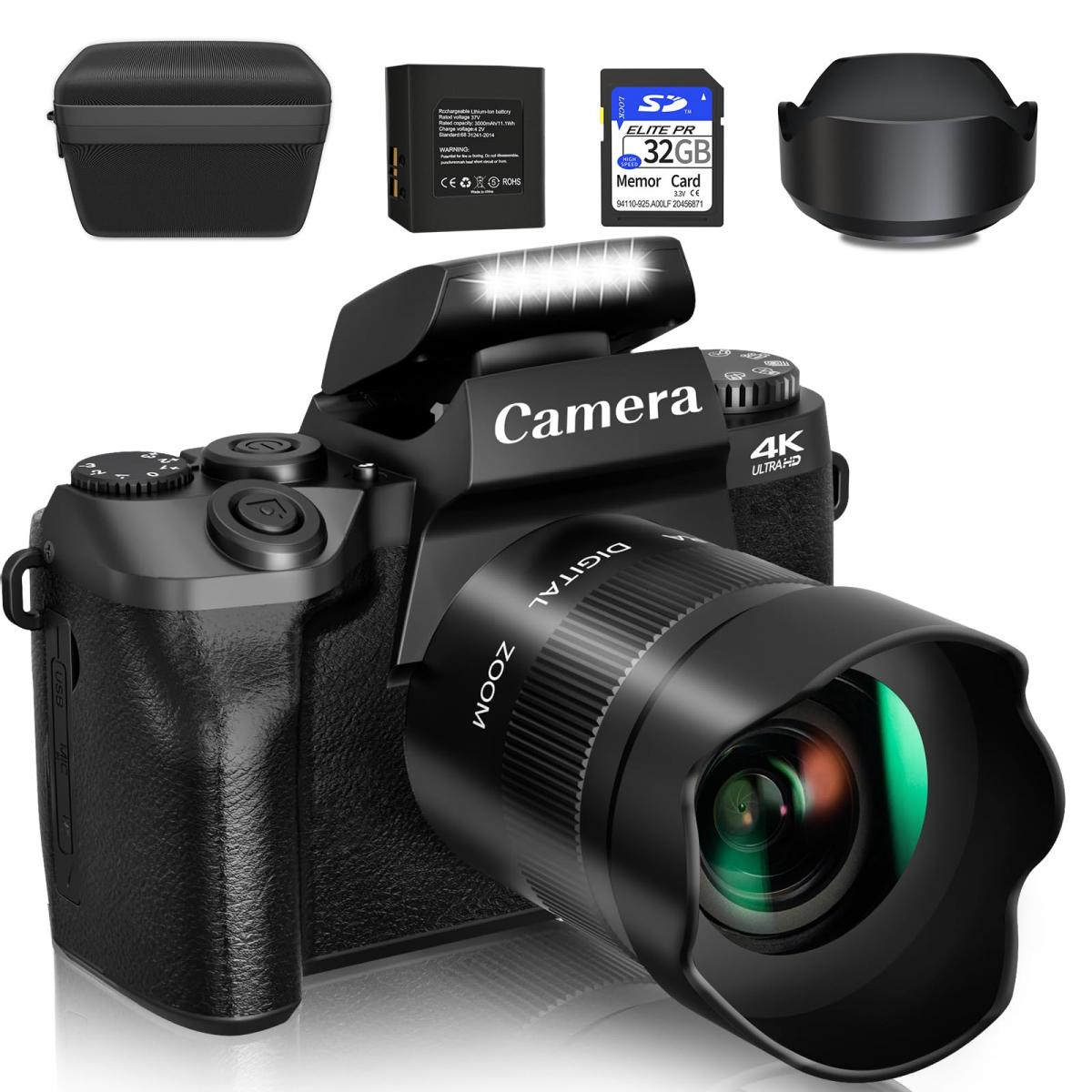
The Basic Components
1. Lens: The lens is arguably the most crucial component of a simple lens camera. It comprises one or more pieces of glass or other transparent materials, shaped to converge or diverge light. In its most basic form, the lens is a single convex glass piece that focuses light onto the film or a digital sensor.
2. Camera Body: The body of the camera is designed to be light-tight, ensuring that only the light passing through the lens reaches the film or sensor. It also houses the mechanisms and controls that enable the photographer to manipulate the focus, exposure, and framing.
3. Film or Digital Sensor: Traditionally, cameras used light-sensitive film to capture images. Modern cameras, however, use digital sensors composed of millions of tiny photodiodes that convert light into electrical signals, forming a digital photograph.
4. Aperture: The aperture is an adjustable opening in the lens that regulates the amount of light entering the camera. It works similarly to the pupil of the human eye, dilating in low light conditions and contracting in bright light.
5. Shutter: The shutter is a curtain that opens and closes to control the duration of light exposure on the film or sensor. Shutter speed can vary, from several seconds for low-light or artistic photographs, to fractions of a second for freezing fast motion.
6. Viewfinder: The viewfinder is a small window through which the photographer can compose and focus the image. In simple lens cameras, the viewfinder might be a separate optical system, though many modern cameras use digital displays.
7. Focusing Mechanism: This can be manual or automatic. In manual focusing, the photographer adjusts the lens until the image appears sharp. Autofocus systems use sensors and small motors to adjust the lens automatically based on the distance to the subject.
How It Works
The process begins when light rays from the scene pass through the camera lens. Let’s break it down step by step:
1. Light Entry and Refraction: Light rays from an object enter the lens and are bent, or refracted, by the lens surfaces. A convex lens (the most common type in simple lens cameras) converges these light rays toward a single point.
2. Focusing Light on the Sensor/Film: The refracted light rays come together to form a focused image. The distance between the lens and the film or sensor needs to be adjusted according to the distance of the object being photographed, which is done using the focusing mechanism.
3. Aperture Adjustment: The aperture adjusts the intensity of light, allowing the photographer to control exposure and depth of field. A smaller aperture (higher f-number) means less light enters but more of the scene will be in focus. Conversely, a larger aperture (lower f-number) allows more light but narrows the focus range.
4. Shutter Operation: Once the image is focused and the correct exposure is set, the shutter is released. The shutter opens for a predetermined period, allowing light to hit the film or sensor. This period can be extremely brief (fractions of a second) for capturing motion or longer (several seconds) for low-light scenarios.
5. Image Capture: On a traditional film camera, the light-sensitive film reacts chemically with the light to capture the image. On a digital camera, the sensor converts the light into electrical signals, which the camera's processor then converts into a digital image file.
Practical Considerations
Knowing the fundamental workings of a simple lens camera helps photographers in several practical aspects:
1. Manual Control: Understanding the roles of aperture, shutter speed, and focusing assists photographers in making manual adjustments to capture the desired effect, be it a blurred background (bokeh), long-exposure night scenes, or fast-moving subjects.
2. Troubleshooting: When issues arise, such as blurry images or incorrect exposure, familiarity with the camera's mechanics can help diagnose and correct these problems.
3. Creative Photography: By controlling the camera settings, photographers can experiment with different styles and effects, such as depth of field manipulation, motion blurring, and varying levels of exposure.
4. Better Equipment Choices: A fundamental understanding aids in choosing the right equipment. Knowing what elements are critical for particular types of photography can guide purchases and the use of additional accessories.
Modern Adaptations
While the simple lens camera concept remains largely unchanged, technology has advanced significantly:
- Autofocus Systems: These have become highly sophisticated, using infrared, ultrasonic, or phase-detection methods to focus swiftly and accurately.
- Digital Innovations: Digital sensors have widely replaced film, offering instant review of images, higher sensitivity (ISO), and the capacity to store thousands of photos.
- Enhanced Lenses: Modern lenses incorporate multiple elements and coatings to reduce aberrations and enhance image quality. Zoom lenses allow for a range of focal lengths without changing lenses.
A simple lens camera encapsulates the foundational principles of photography and optics. From the refraction of light through a lens, the precise control of exposure, and the capturing of images on film or a digital sensor, each component plays a crucial role. Understanding these elements not only enriches one's appreciation for the art and science of photography but also equips photographers with the knowledge to make informed decisions and creatively utilize their equipment. As technology evolves, the basic principles remain intact, bridging the historical and modern approaches to capturing the world through a lens.



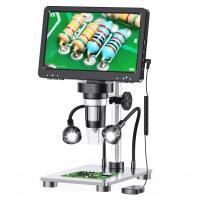

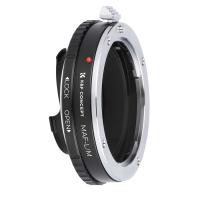
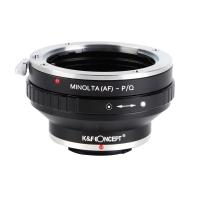
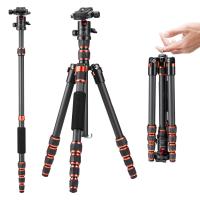
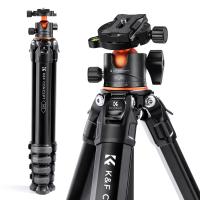
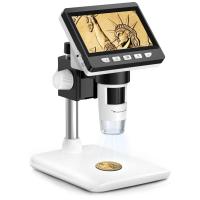
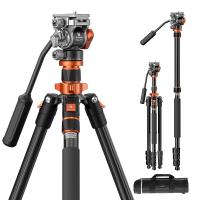
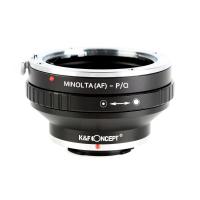
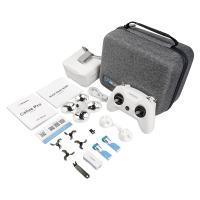
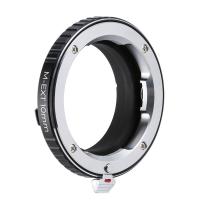


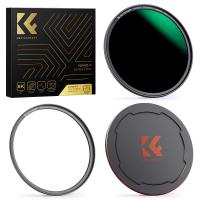


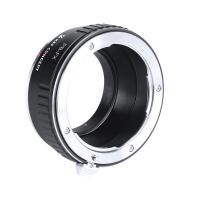







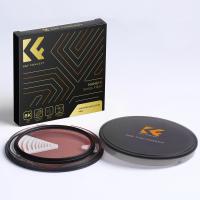



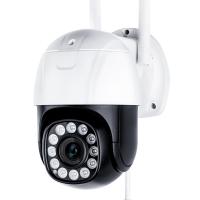


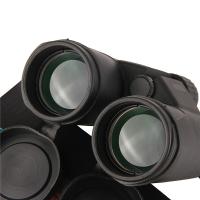
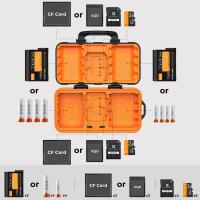
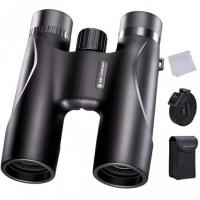
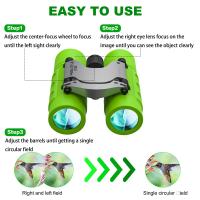
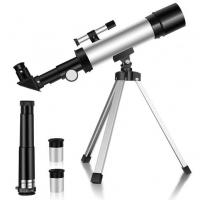


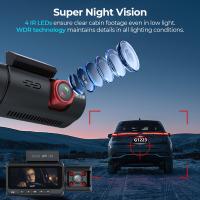
There are no comments for this blog.